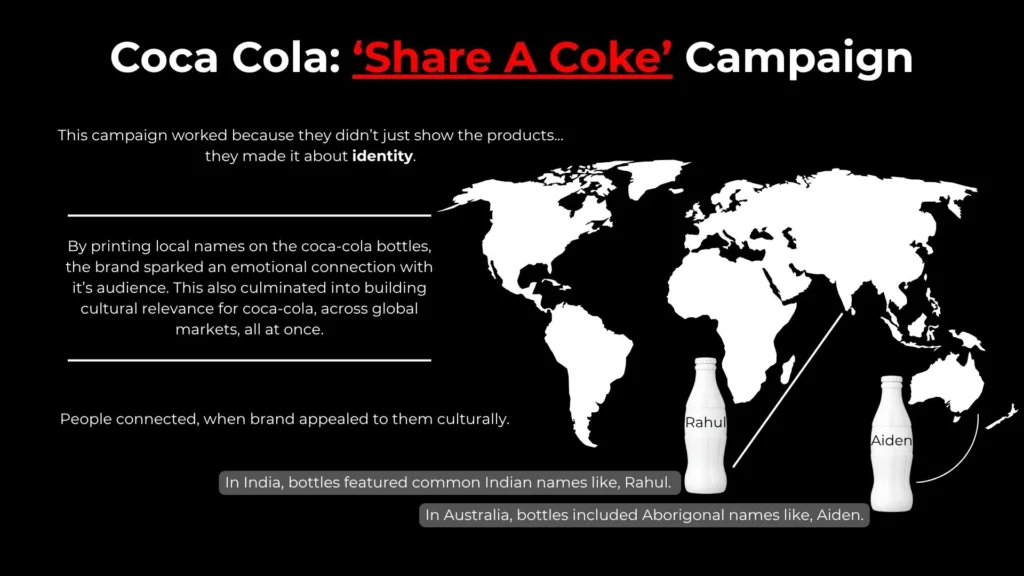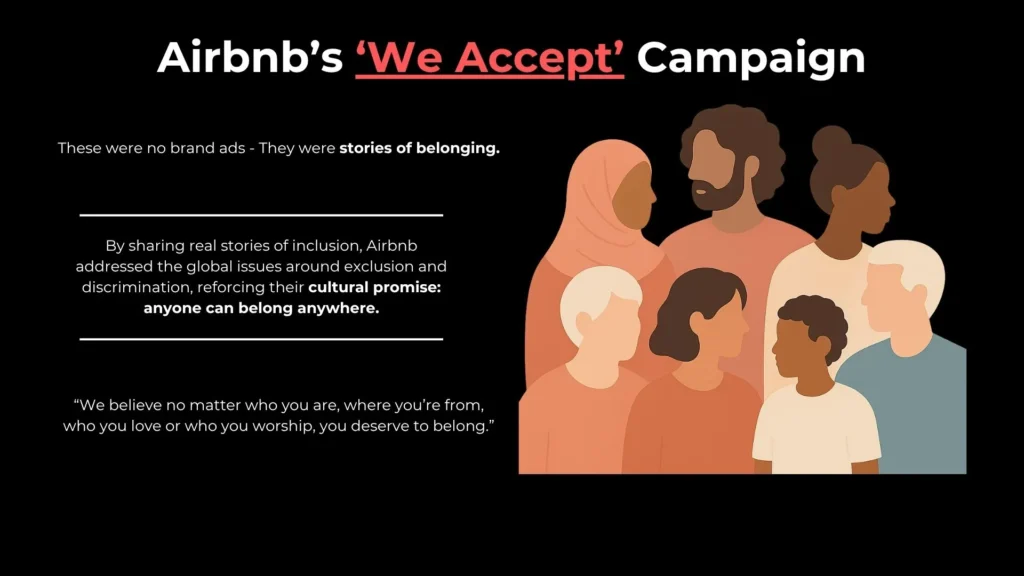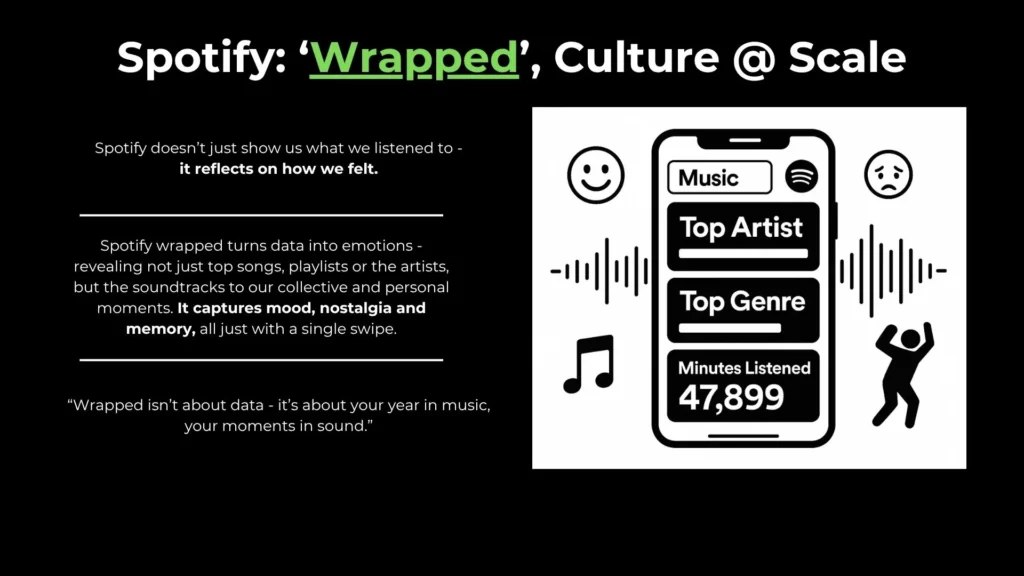“Until the lion learns to write, every story will glorify the hunter.”
African Proverb
This proverb may be ancient, but its message is more relevant than ever in modern marketing. Today, content is everywhere. Brands are churning out blogs, videos, memes, and newsletters faster than ever. But here’s the real question:
Is your content just “seen,” or is it truly felt?
In the world of content marketing, especially in the age of Generative Engine Optimization (GEO), the stories that stand out are the ones that tap into something timeless — culture.
At ContentCultUr, we believe the future of content isn’t just in better data or automation — it’s in better storytelling rooted in cultural truth.
This post dives into how you can use cultural narratives to drive engagement, spark emotion, and position your brand as a trusted, human-first presence in a noisy digital world.
What Are Cultural Narratives In Marketing?
At their core, cultural narratives are shared stories that reflect the beliefs, traditions, and identities of a particular group. These could be stories passed down across generations, rituals tied to festivals, or even memes that reflect a community’s humor and resilience.
In marketing, using cultural narratives means aligning your content with the language, symbols, and experiences your audience already lives every day — whether that’s a grandmother’s recipe, a coming-of-age tradition, or a shared struggle that shaped a generation.
Cultural storytelling isn’t about being “clever.” It’s about being connected.
Why Cultural Storytelling Works (and Why Generic Content Fails)
We live in a world saturated with content. AI-generated posts. SEO keyword-stuffed blogs. Ad fatigue. It’s overwhelming.
But cultural stories cut through the clutter because they feel familiar.
They resonate emotionally. They feel like home.
Think about it:
- Would you rather read another listicle of “7 Marketing Tips,” or a heartfelt post about how Diwali advertising changed the way families connect over brands in India?
- Do you want another sales pitch, or a story about how a small bakery in Mexico used Day of the Dead traditions to revive its brand during the pandemic?
Emotion is the gateway to engagement. Culture is the carrier of emotion.
Cultural Narratives That Captured the World’s Attention
In a world saturated with content and advertising, only a few campaigns break through the noise — the ones that don’t just sell, but speak.
These are the narratives that resonate because they reflect who we are, what we feel, and the cultural pulse of the times. From sharing your name on a Coke bottle, to feeling seen in a story of belonging, to reliving your year in sound — these campaigns didn’t just market products, they moved people.
They proved that when brands tap into universal human truths, they don’t just capture attention — they create lasting cultural connection.
Below presented are a few examples of the same. Please feel free to get inspired and derive your pathbreaking campaign.
1. Coca-Cola

2. Airbnb

3. Spotify

How to Use Cultural Storytelling in Your Content Strategy
Here’s where we get practical. Whether you’re a startup founder, a brand manager, or a content strategist, here’s how to use cultural narratives with impact and authenticity.
1. Start with Cultural Listening, Not Just Keyword Research
Use social listening tools, forums, and even Instagram comments. Notice what stories your audience is already telling themselves. What are they proud of? What are they frustrated with? What symbols or phrases do they use that only someone from their community would understand?
GEO Tip:
Go beyond broad SEO terms. Use geo-specific language that connects with local pride. For instance:
- Instead of “healthy snacks,” try: “Rajasthani superfoods for working moms”
- Instead of “home decor trends,” try: “How South Indian households use Kolam art for festive design”
2. Let Your Audience Be the Hero of the Story
You’re not the star — your audience is. Instead of pushing brand narratives, embed your brand into their narrative.
Tell stories of:
- Real customers and their cultural journeys
- Small businesses reviving local crafts
- Festivals and their emotional impact (beyond the discount coupons.
This isn’t just about representation. It’s about recognition.
3. Use Emotional Touchpoints: Humor, Nostalgia, and Belonging
Humor that reflects cultural quirks (“only Bengalis will get this”), or nostalgia for school lunchboxes, or shared generational moments (“90s kids remember this”) — these are emotional highways that drive massive engagement.
People don’t remember what you said. They remember how you made them feel.
GEO Tip:
Emotional keywords boost visibility too. Include terms like:
- “Indian nostalgia”
- “cultural humor in marketing”
- “emotional brand storytelling India”
4. Embed Cultural Symbols in Visual Content
- Use traditional colors, textures, motifs, or iconography — but tastefully.
- For example: a reel on the meaning of “rangoli” during Diwali can have much higher engagement than a generic “Diwali sale” post.
- Use storytelling carousels that highlight a journey (e.g., “How Raksha Bandhan Evolved From Ritual to Relationship-Building Moment”)
Authenticity over aesthetics. Always.
Don’t Get Culture Wrong: Avoid These Traps
Cultural storytelling is powerful — but mishandling it can backfire fast.
Avoid Stereotypes:
Oversimplifying a culture for relatability leads to inauthenticity and even backlash.
Avoid Tokenism:
Dropping one symbol (like a turban, mehndi, or hijab) into a campaign without context feels shallow.
What to do instead:
- Involve creators and community voices from within the culture.
- Validate your narrative with cultural experts or community insights.
- Show depth, not decoration.
Global Message, Local Voice: Balancing Culture at Scale
The best brands don’t choose between being global or local — they weave both.
Think of how McDonald’s adapts menus in different countries, or how Netflix subtitles regional films without losing cultural flavor. That’s global storytelling done right.
Your voice can stay consistent — but your story needs to be culturally agile.
Final Thoughts: Content That Connects, Not Just Converts
At ContentCultUr, we believe that great marketing isn’t about selling. It’s about sharing stories that matter — stories that reflect who people are, where they come from, and what they dream of becoming. In an era where AI can write content in seconds, it’s your humanness and cultural awareness that will make your content stand out.
So the next time you create a blog, post, or reel — ask yourself:
“Am I telling a story that speaks to search engines, or one that speaks to someone’s soul?”
We hope it’s the latter. And if you need help crafting those stories, you know where to find us.
Bonus: Tools & Resources to Elevate Your Cultural Storytelling
- Social Listening Tools: SparkToro, Brandwatch, Sprout Social
- Trend Insight Tools: Google Trends, Exploding Topics, Pinterest Predicts
- Books to Read:
- “Contagious” by Jonah Berger
- “The Culture Code” by Clotaire Rapaille
- “Made to Stick” by Chip and Dan Heath